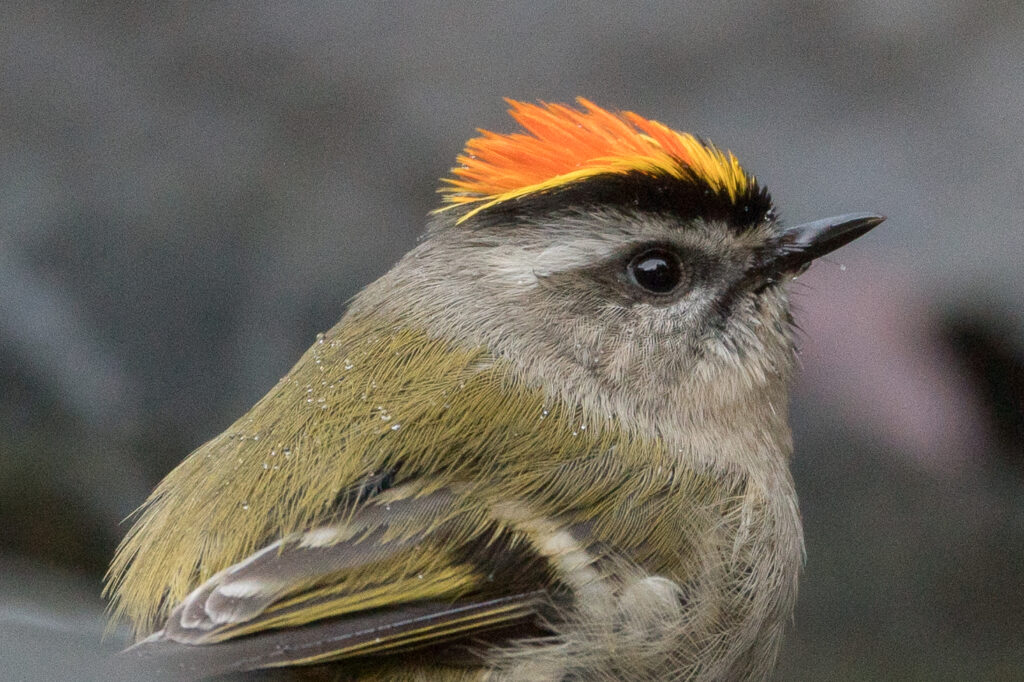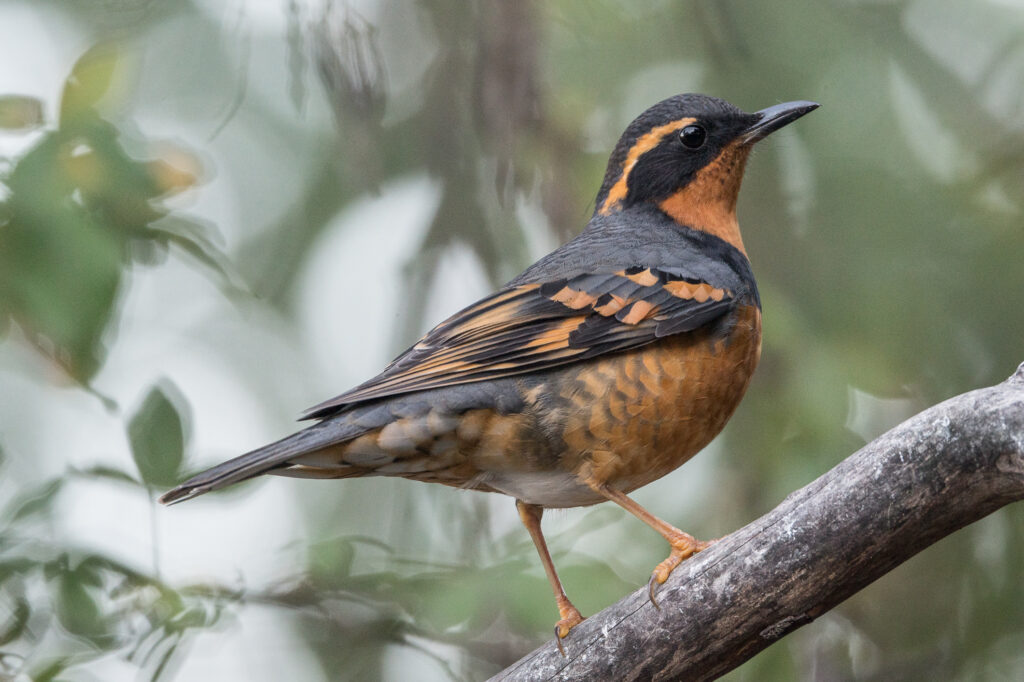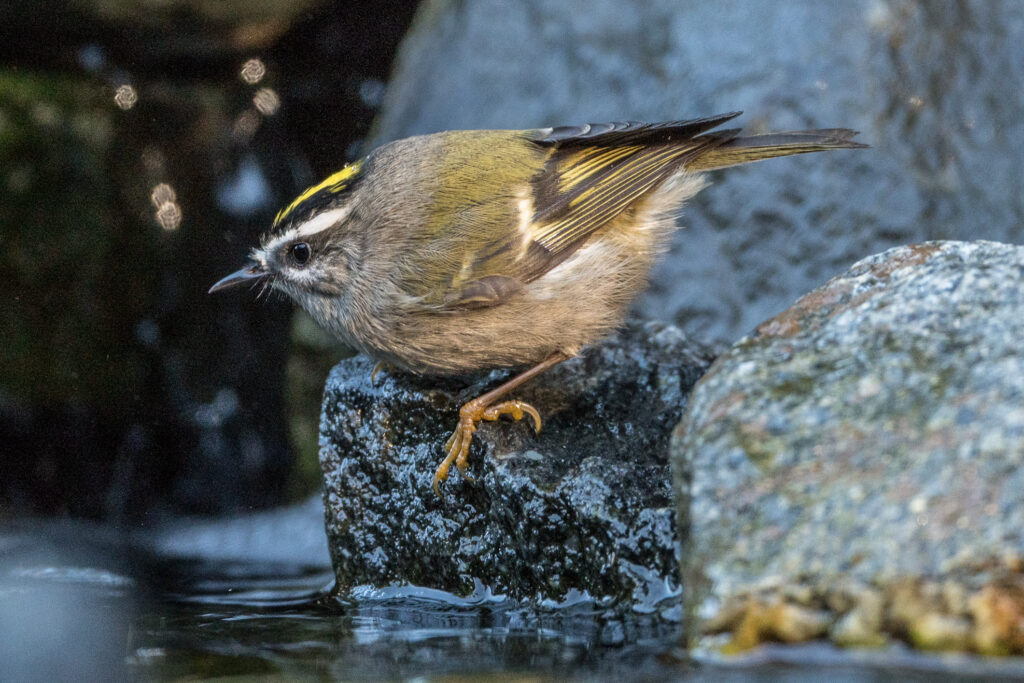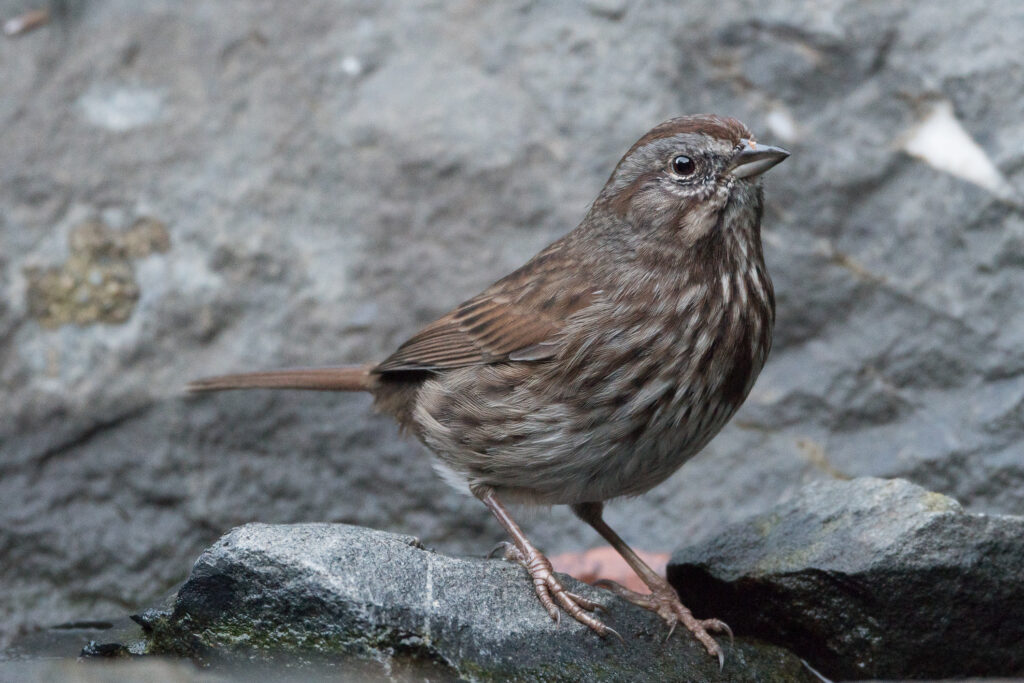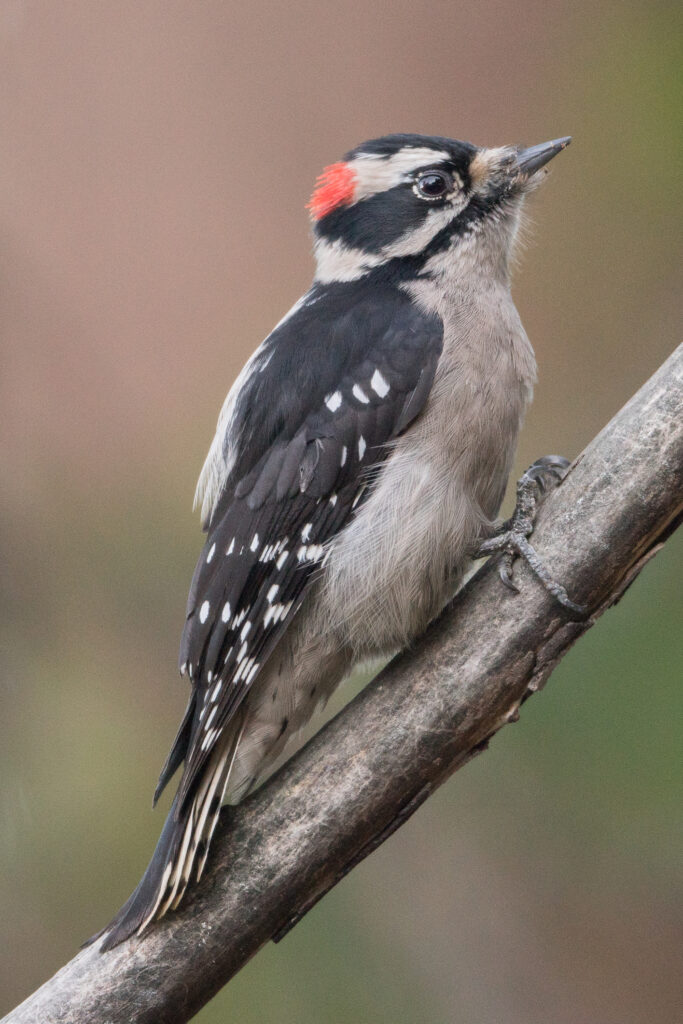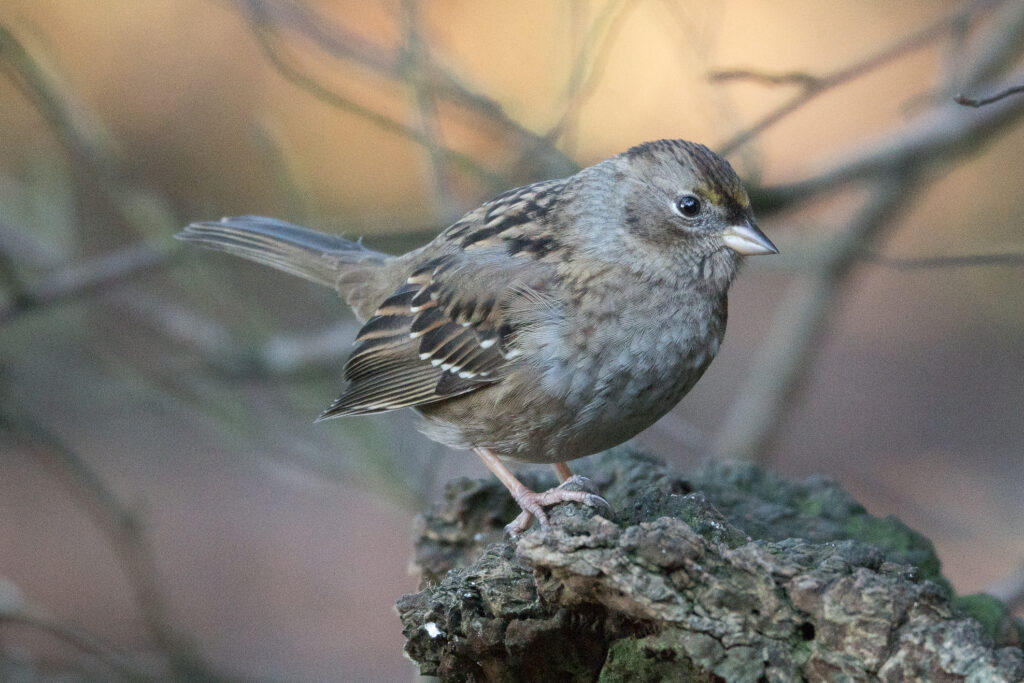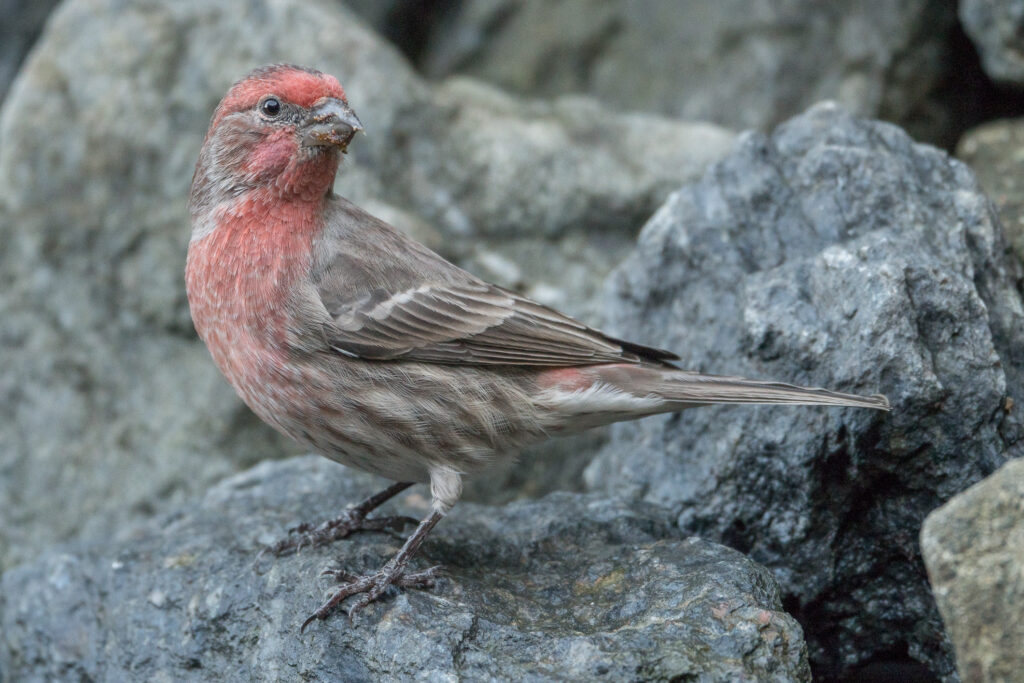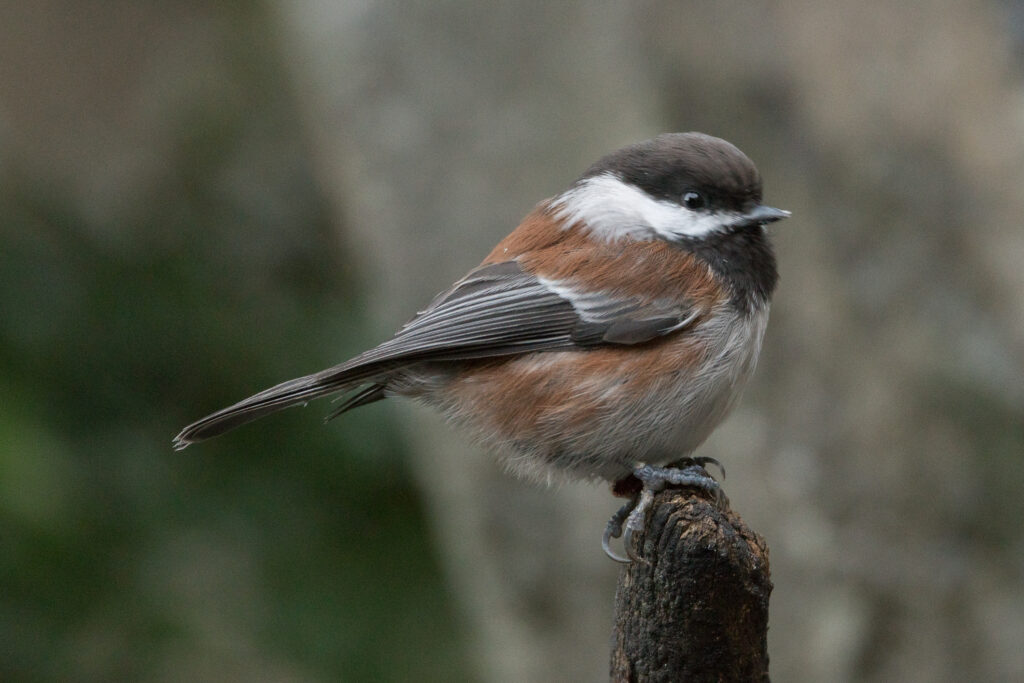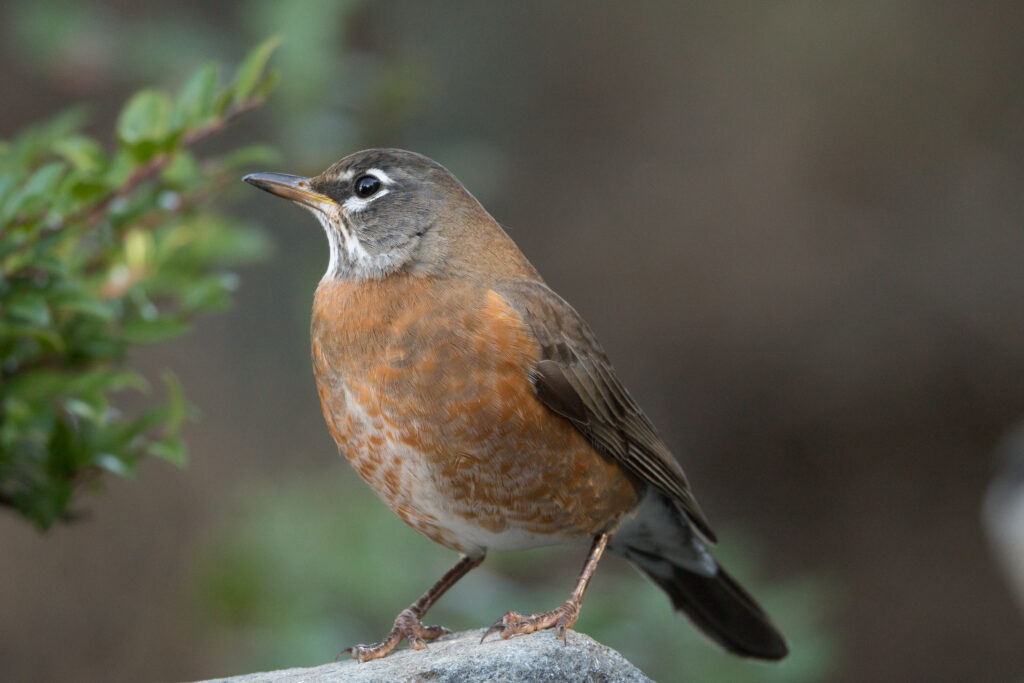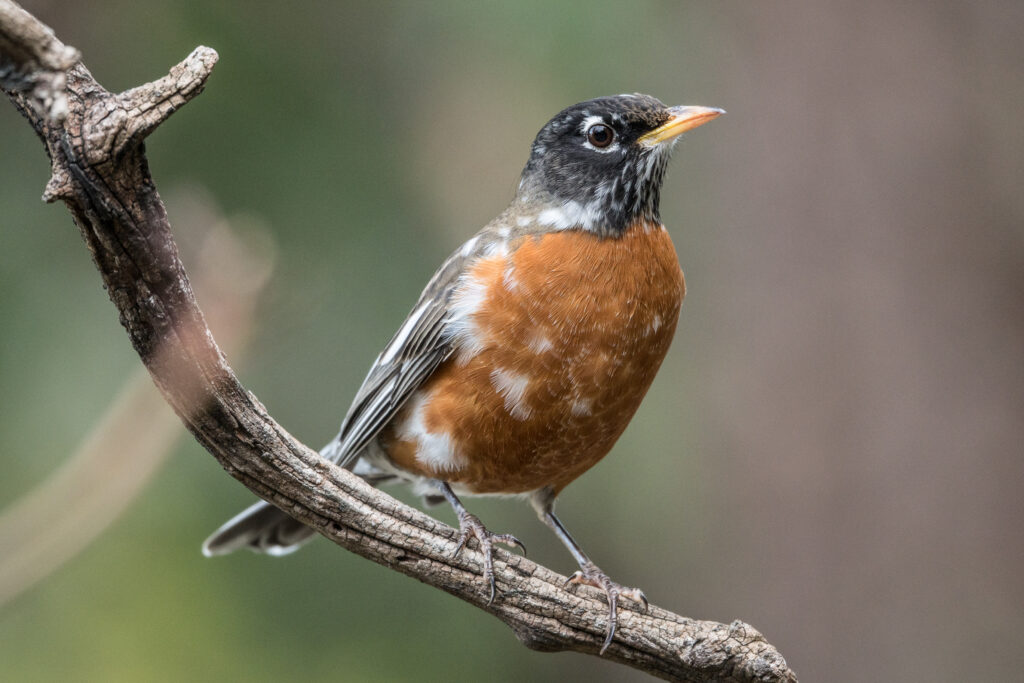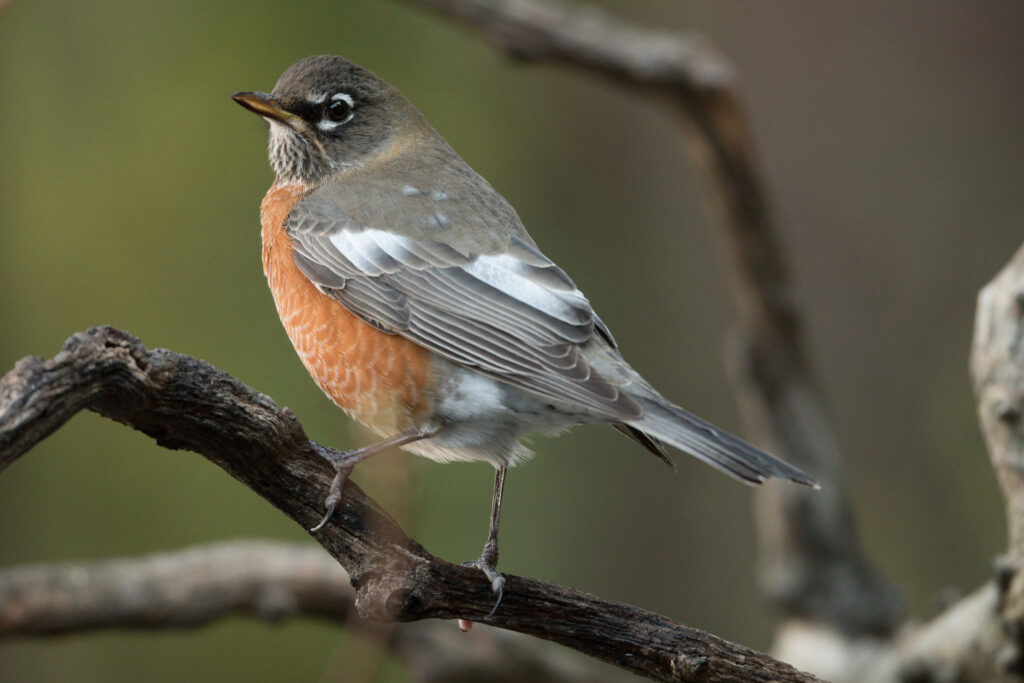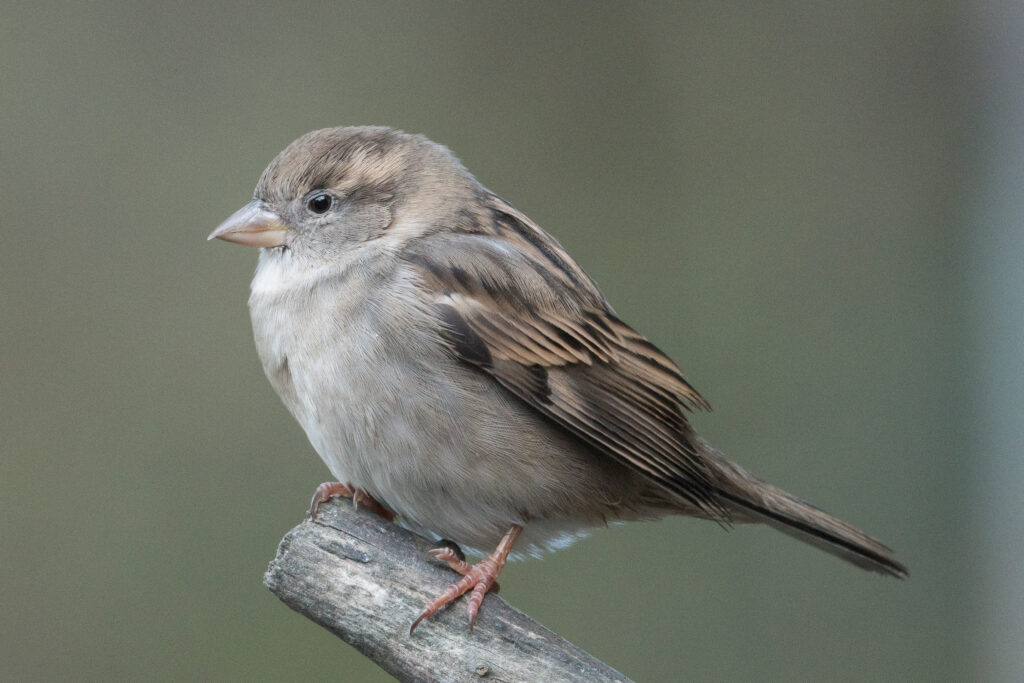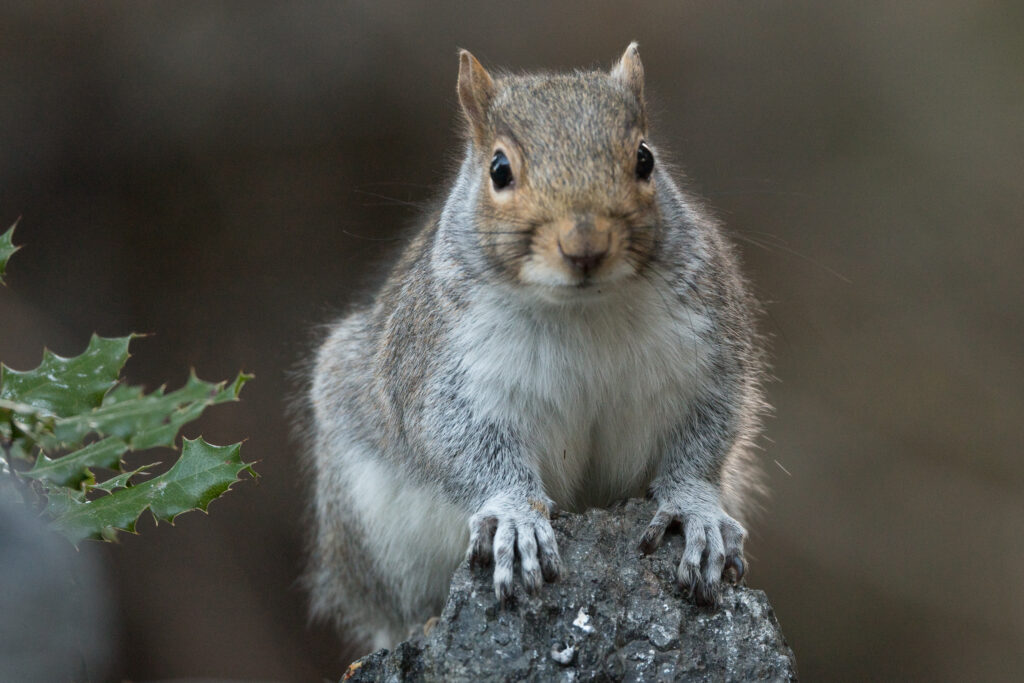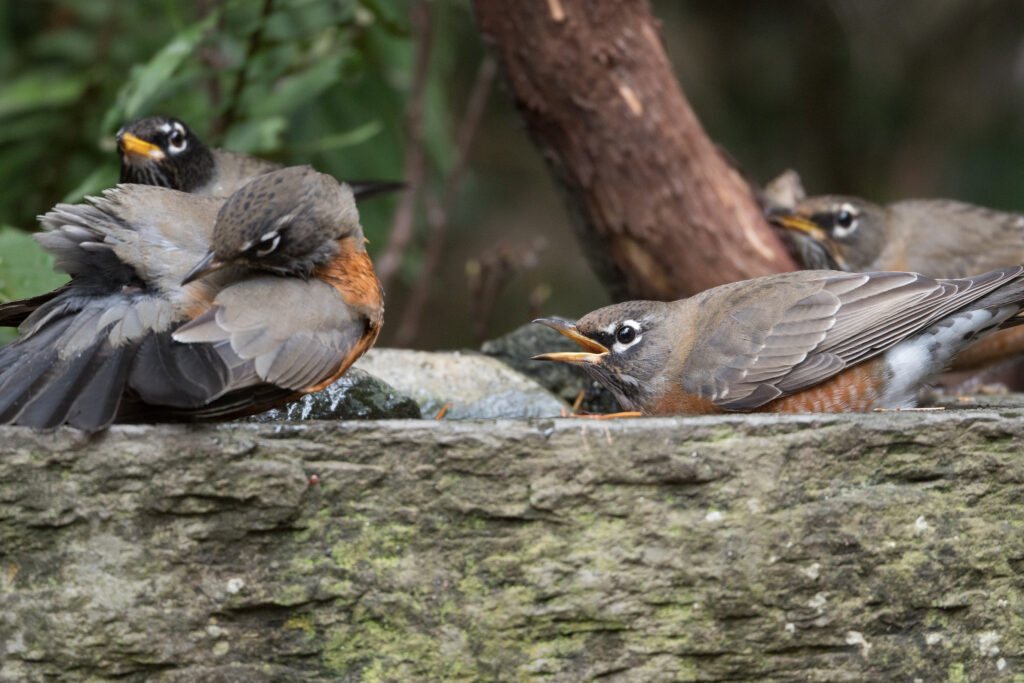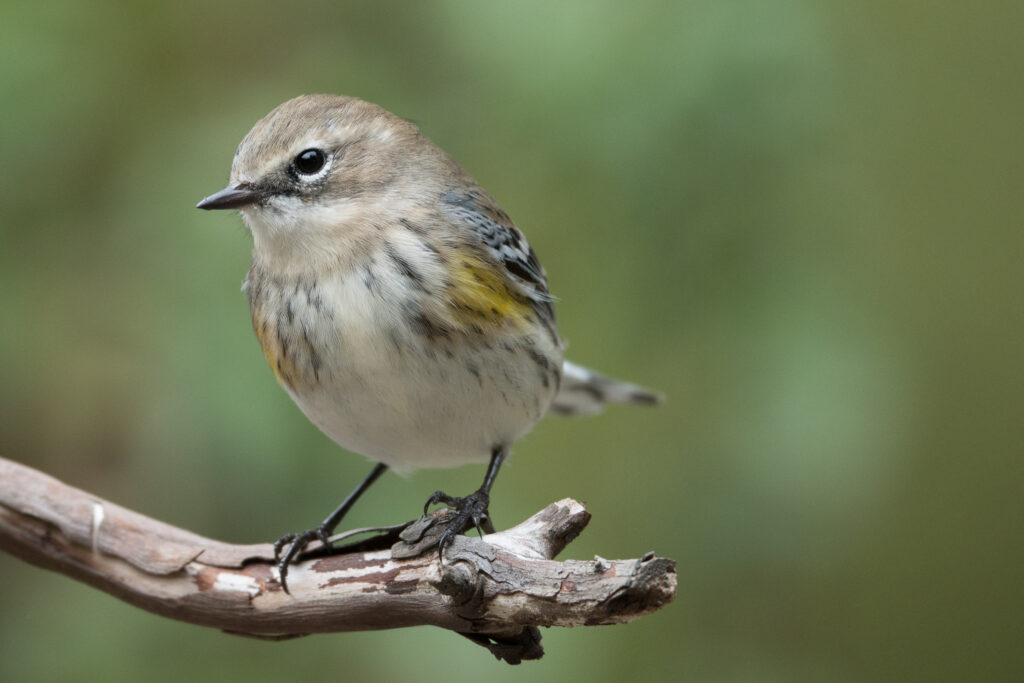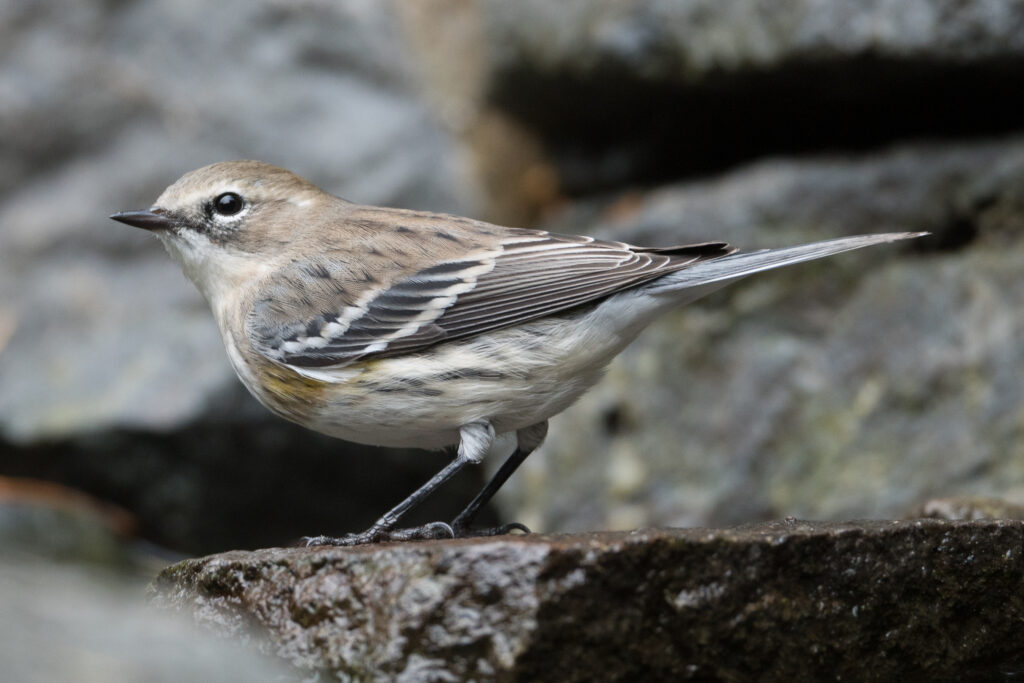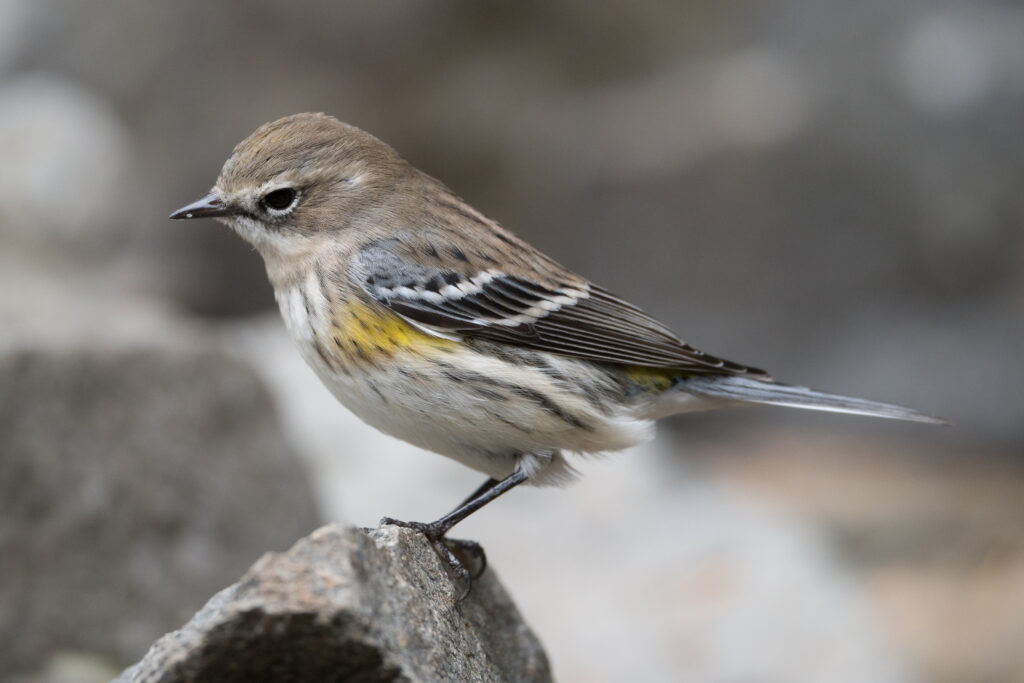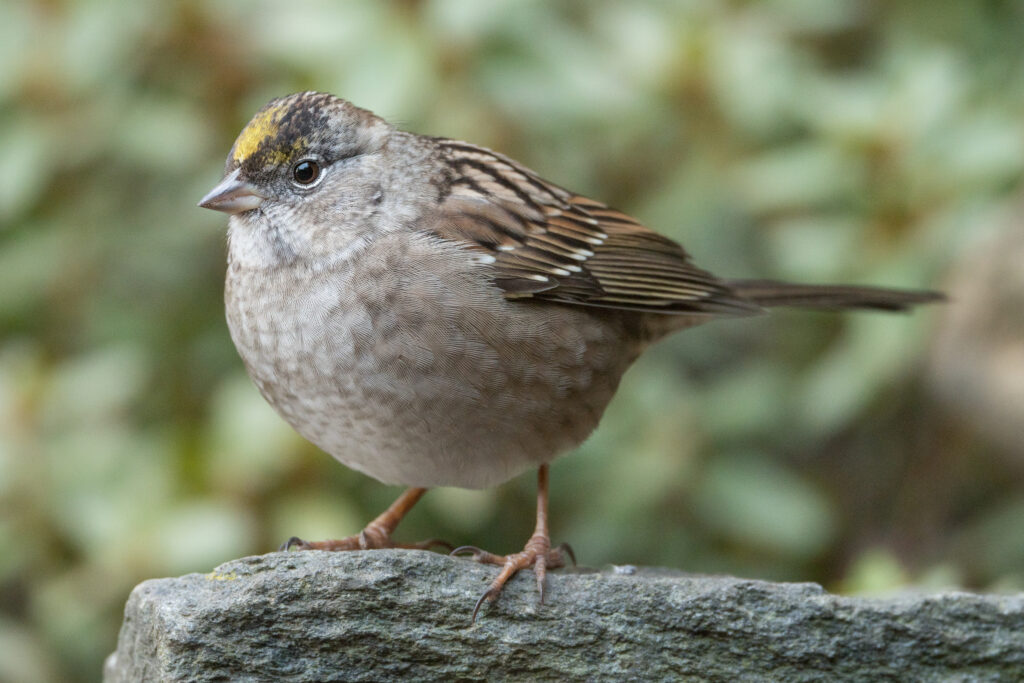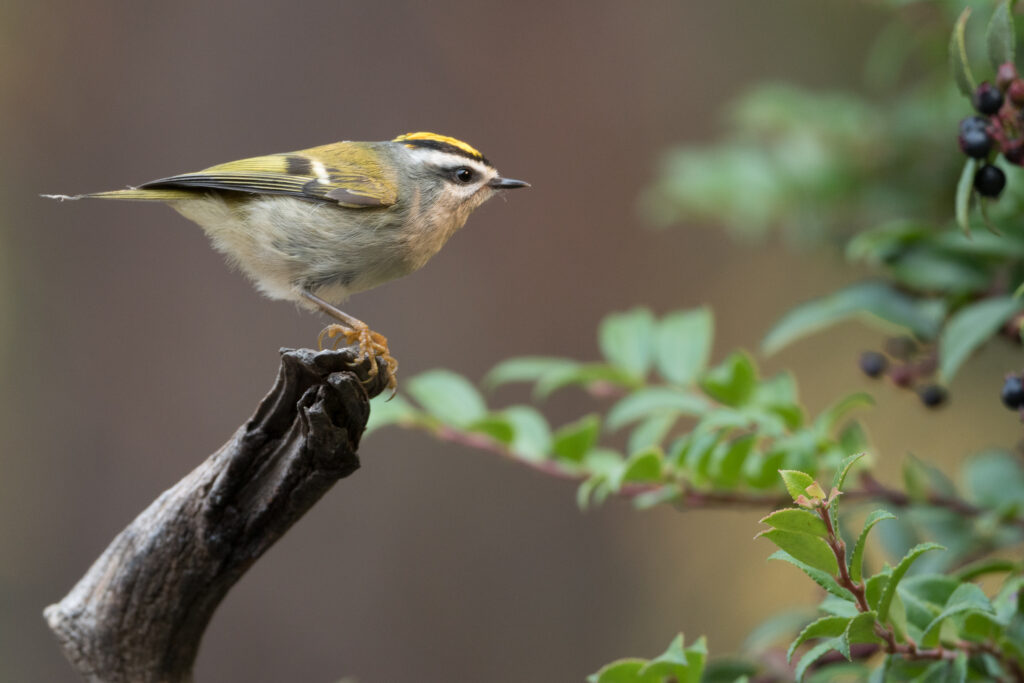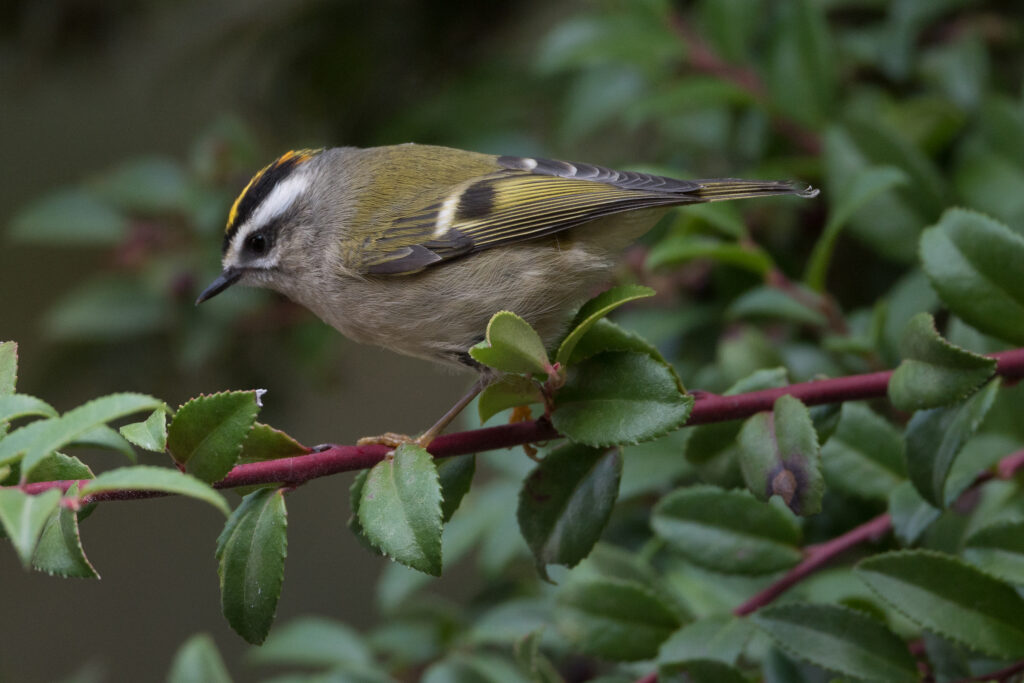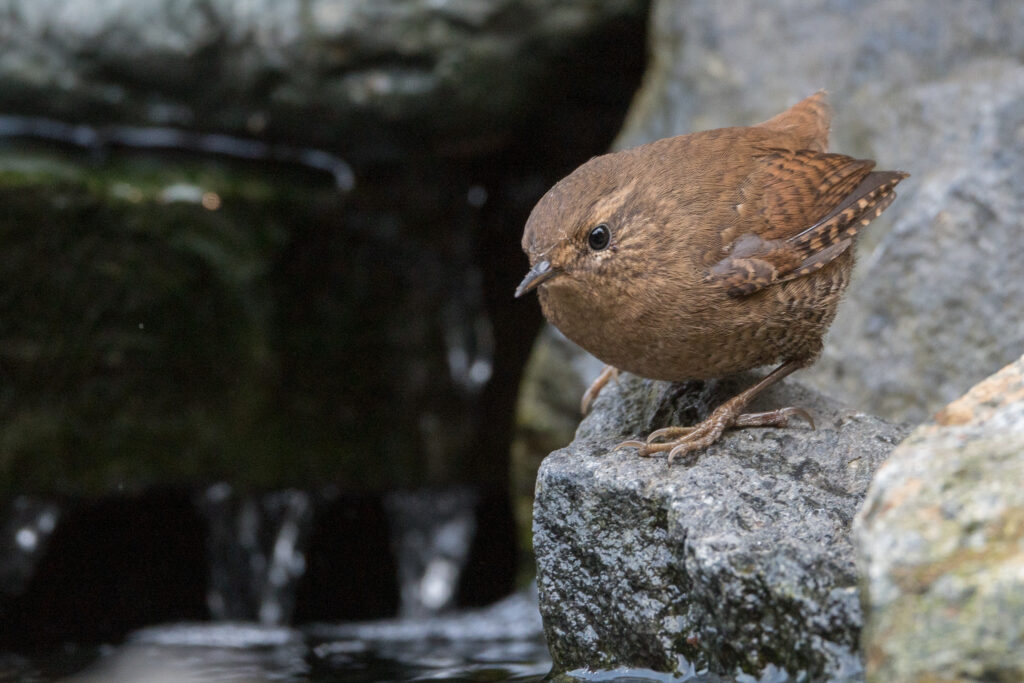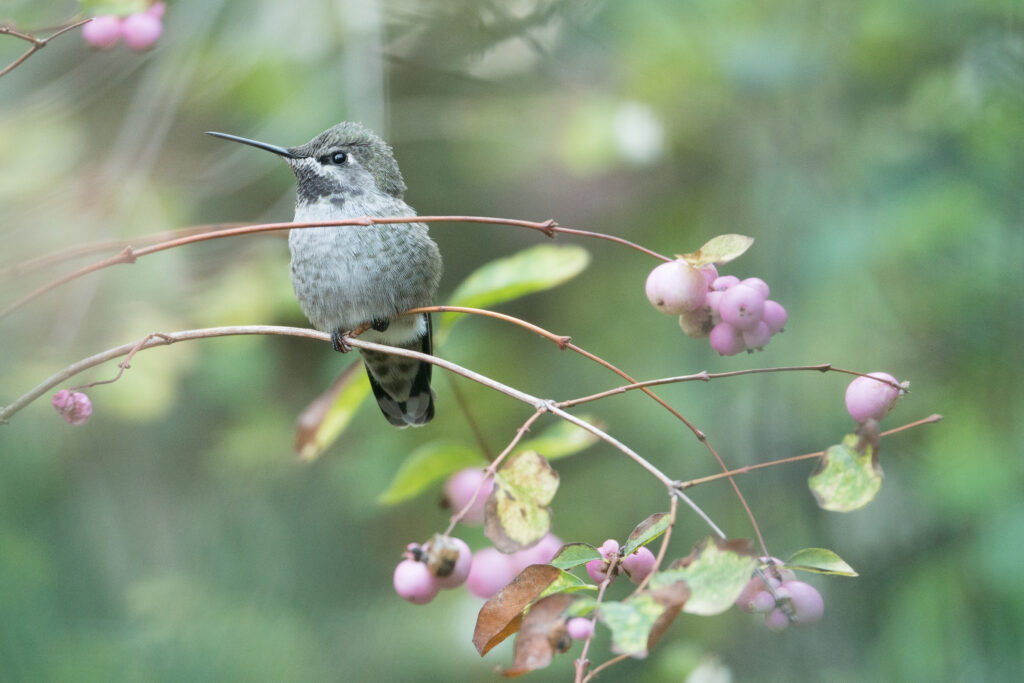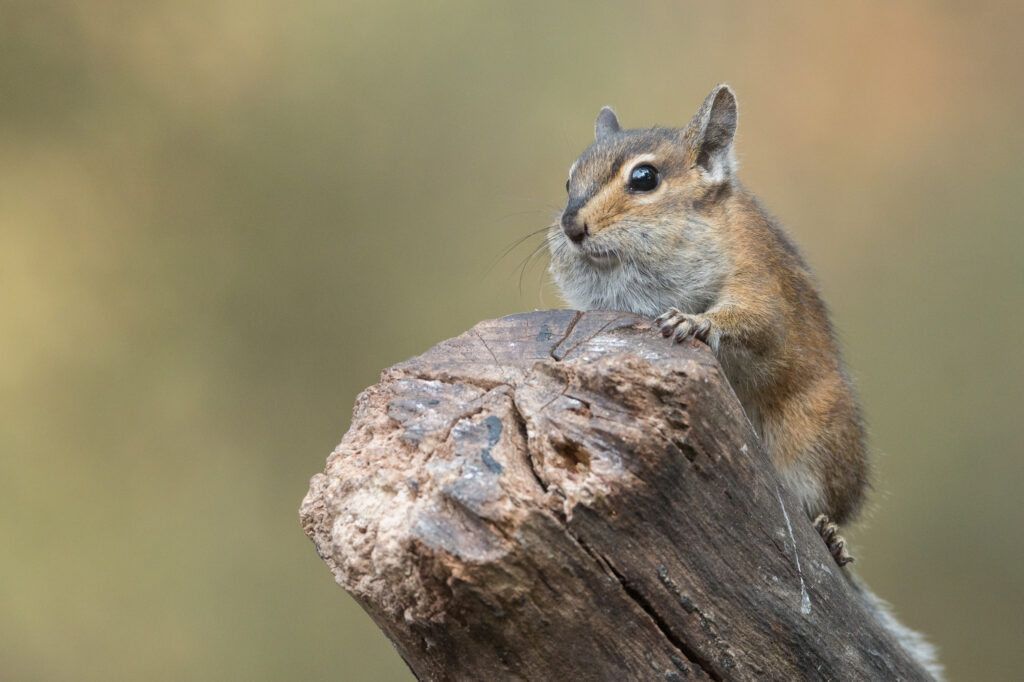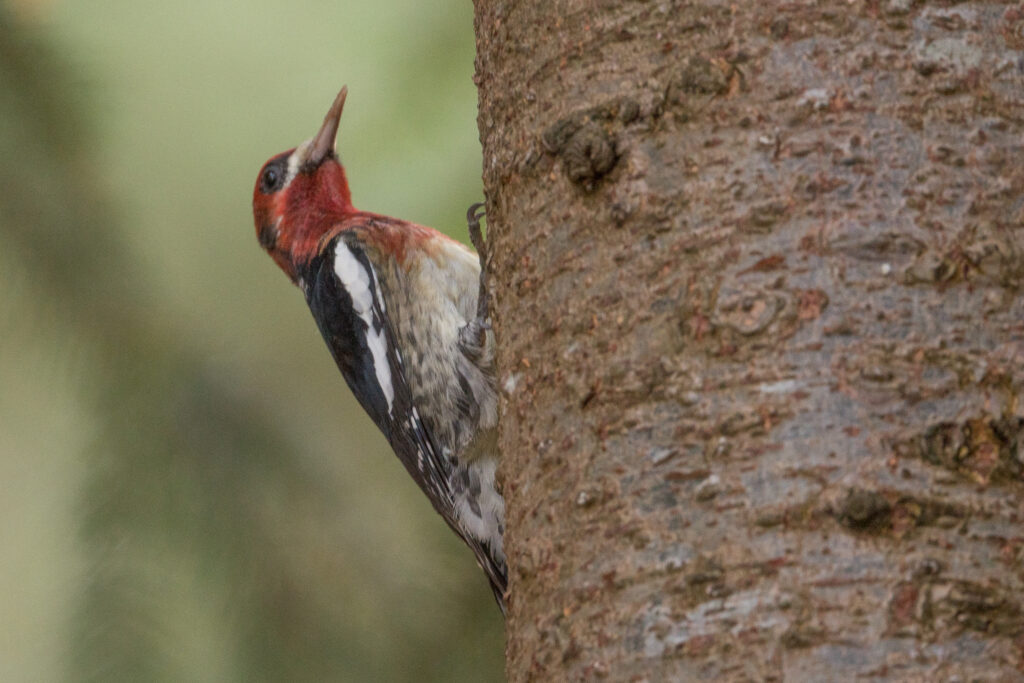I had a brief time outdoors with the yard full of birds on the afternoon of November 15, 2022. Unfortunately the sun was shining so I had rather poor photographic conditions, but I haven’t yet mastered the art of controlling bird behavior and the weather.
As is often my habit, I woke before 1am and by about 2am I was out of bed and on my computer writing. I resolved to create a post documenting the NINE species of sparrows we have had in the yard this year and did most of the writing for the post in the wee hours of the morning.
By the middle of the afternoon I decided to go outside and explore opportunities for birding photography. As I settled into my chair my attention was drawn to a sparrow whose behavior didn’t match either the House sparrows or the Golden-crowned sparrows that were the main occupants of the yard. I was attempting to obtain a photo of the bird when it abruptly flew past me in a manner that told me it was leaving the yard. Just before it flew I glimpsed, and managed a single partial photograph of the bird, and realized it was a White-throated sparrow, perhaps our second rarest sparrow visitor. What a coincidence! So here is the only photo of the bird I obtained…
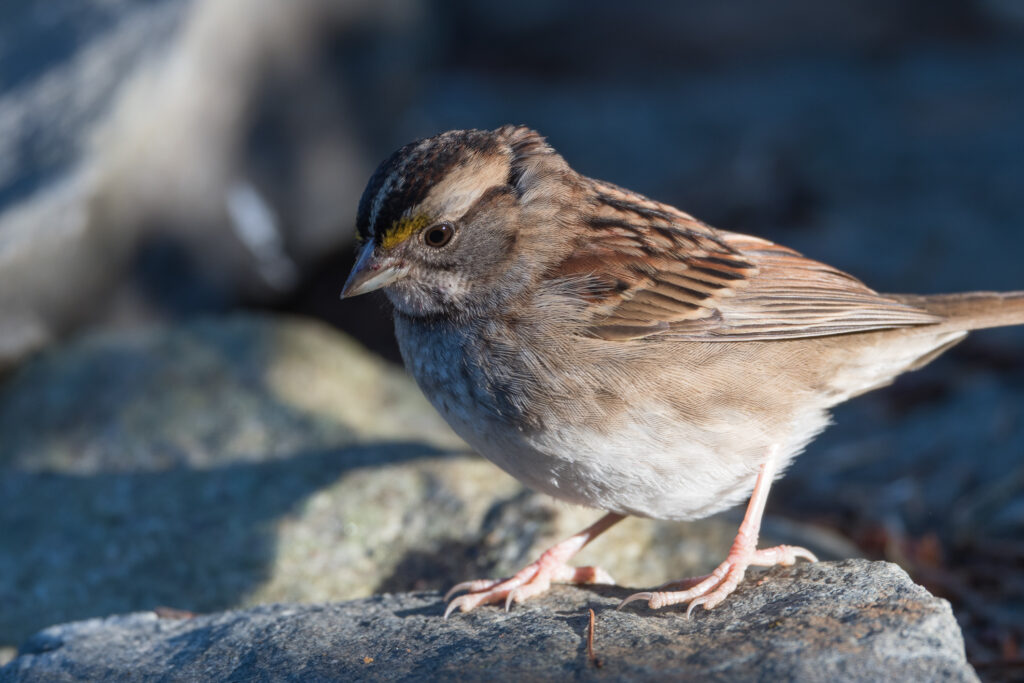
During my time in the yard I had multiple visits from Golden-crowned kinglets…
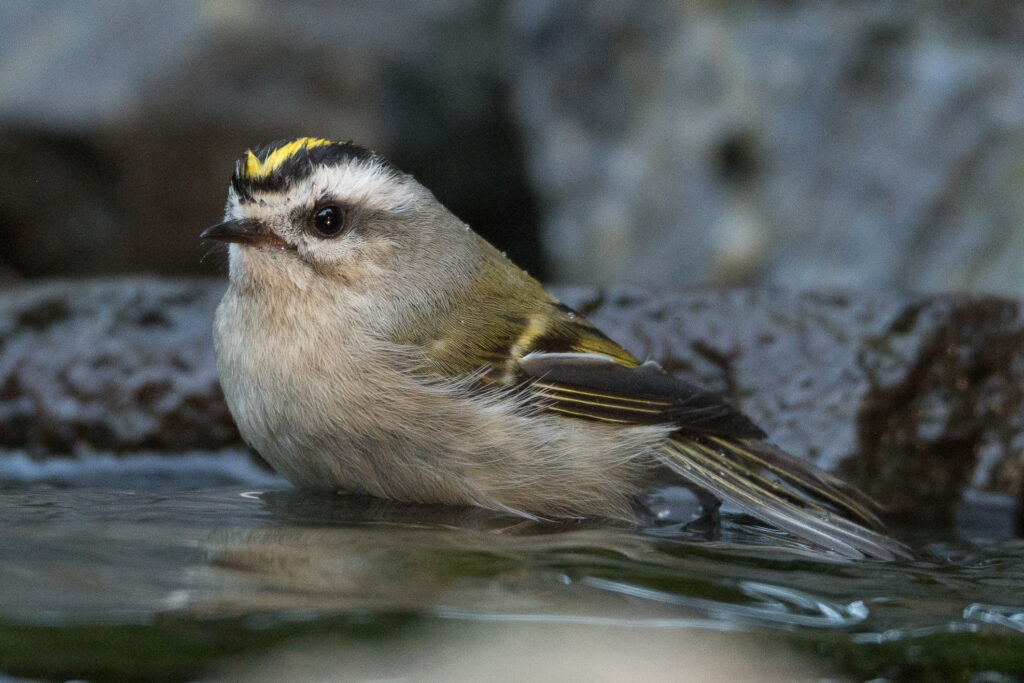
Multiple visits from a pair of Northern flickers…this one a male…
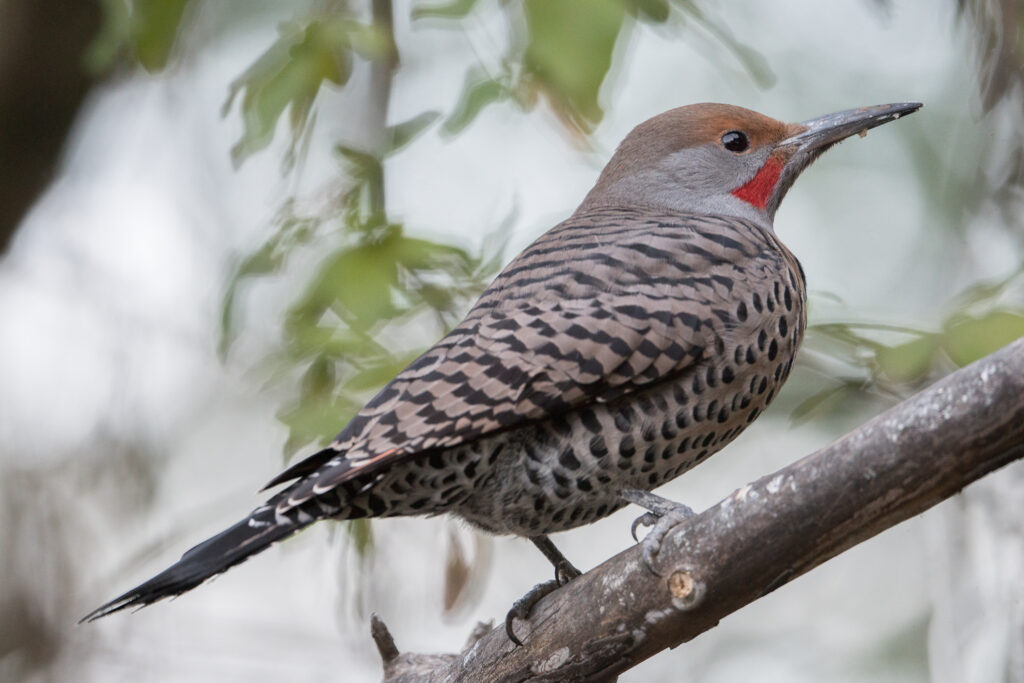
Two visits from a large group of Bushtits (another male)…
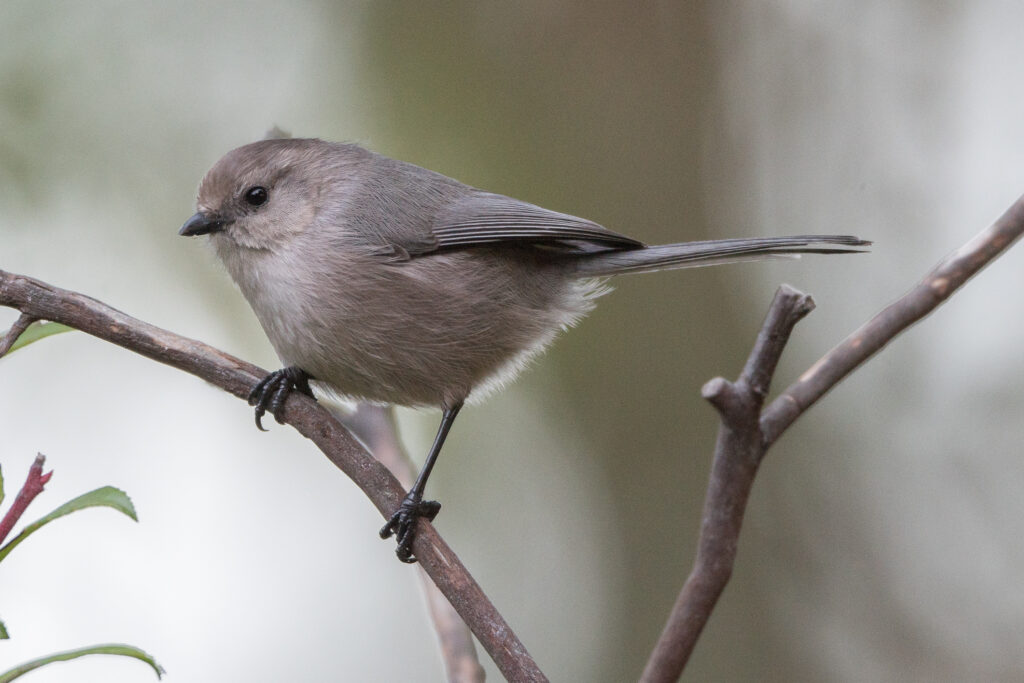
A rather rare photographic session with a Red-breasted nuthatch…
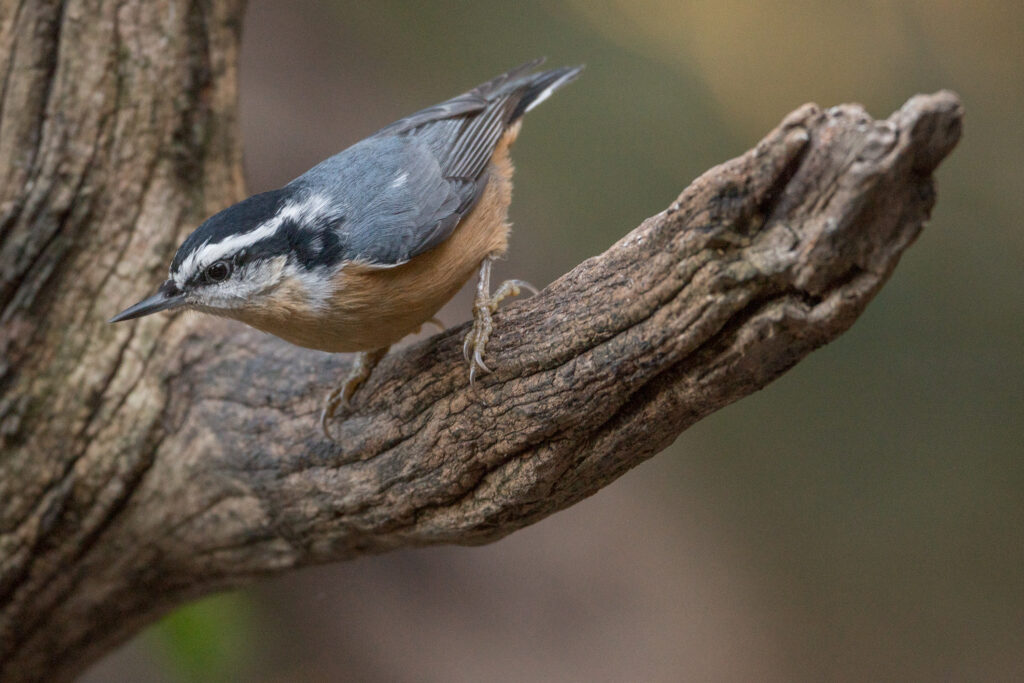
A couple of visits from Ruby-crowned kinglets…
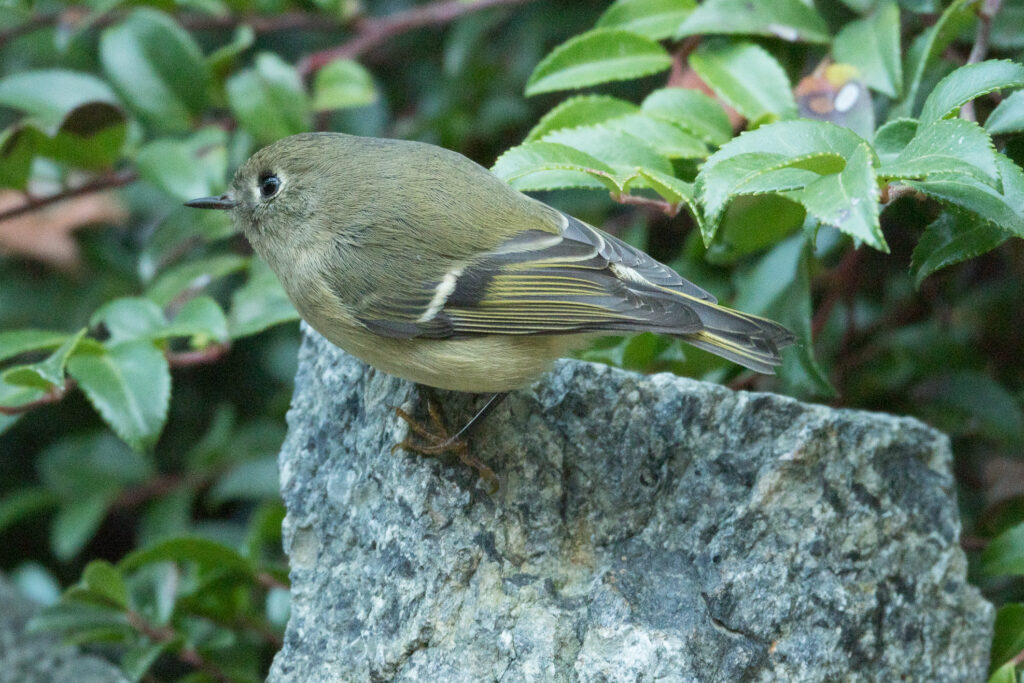
And a visit from a female Varied thrush…
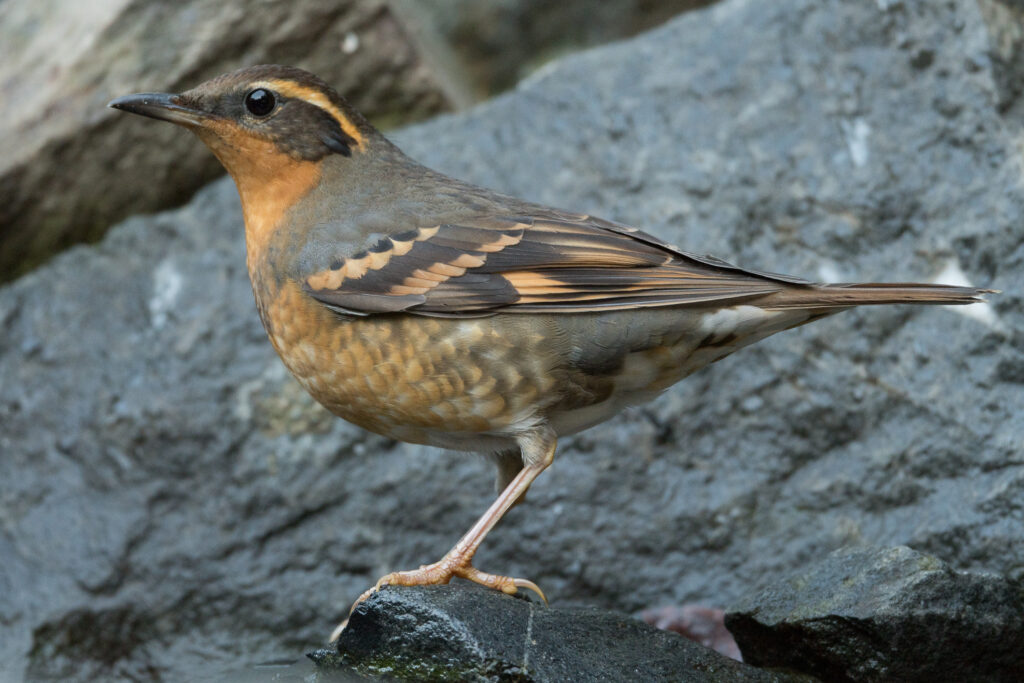
Finally, I’ll leave you with this photo of a male Golden-crowned kinglet bathing in the watercourse…
